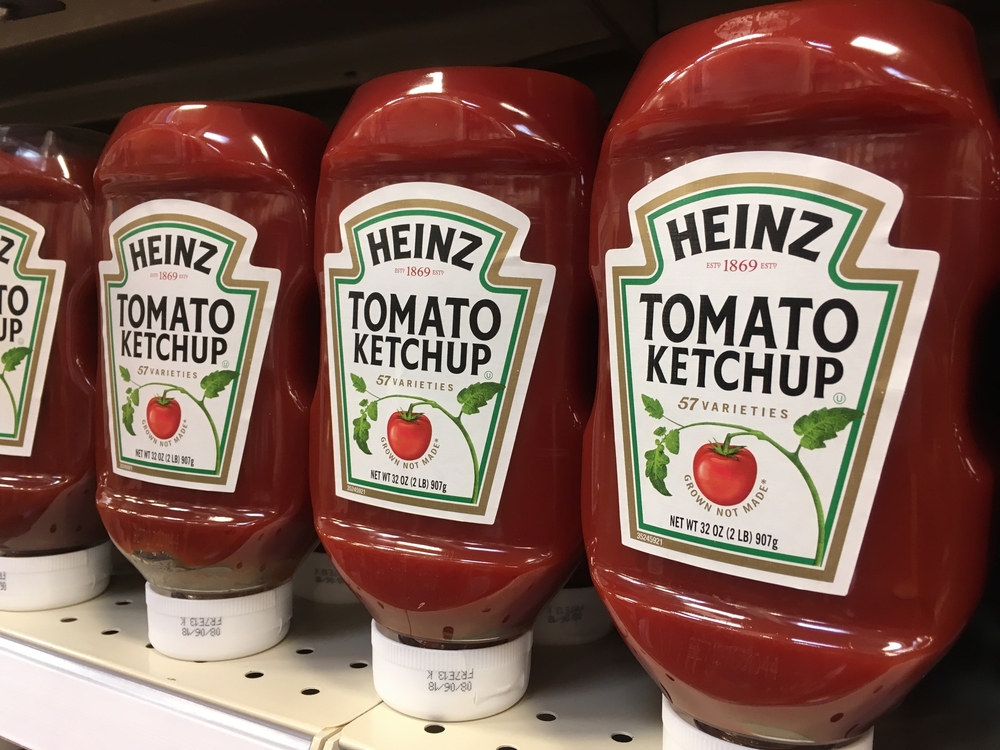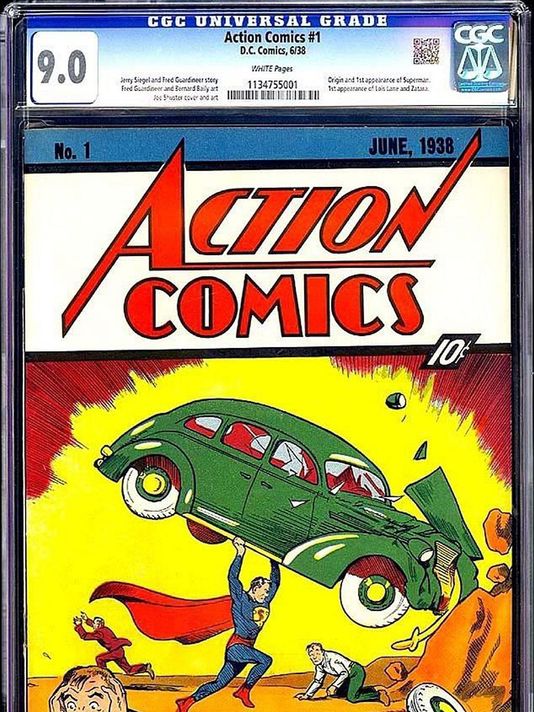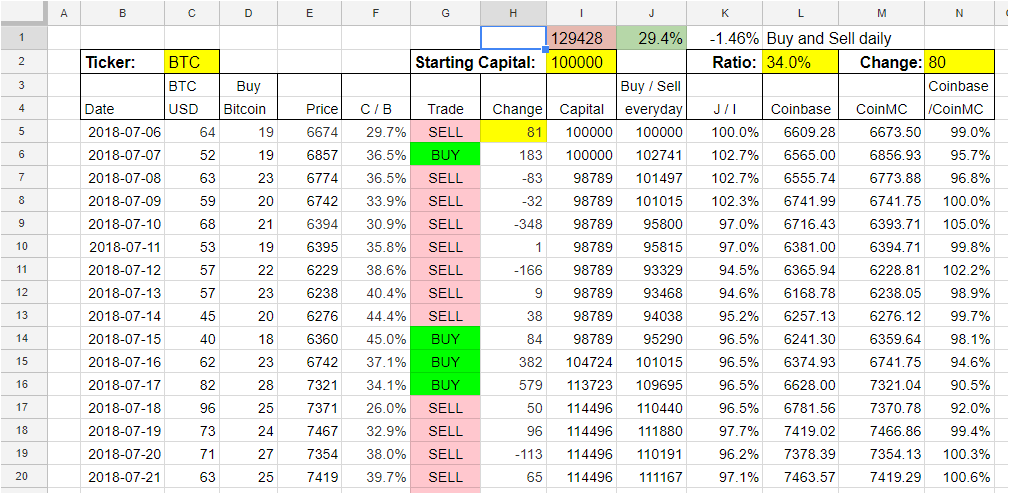Have you ever heard the term ‘Neither a lender nor borrower be’? Sounds like great words of wisdom, unless you need cash on the hip in rapid fashion. It’s always difficult to tiptoe around the issue of the best and worst consumer loans in the United States, and in reality, the choices you make are usually linked directly to how desperate you are.
Let us help you to circumnavigate the murky world of consumer loans in the United States so you can make a decision based on common sense instead of necessity.
Best Consumer Loans in the United States
Making a mistake by choosing the wrong option can not only leave you in debt for thousands of dollars, but the debt can dramatically increase and seemingly go on forever making your life a living hell. Here are your best 3 options for consumer loans in the United States:
#1 – Personal Loans from Friends
If you have wealthy friends with surplus amounts of cash, taking a small personal loan from friends or family is easily the best option. Assuming you are going to pay it back of course. Because no-one wants to be in debt to a friend or a family member for too long.
By taking this option, you will cut down the interest rates to a bare minimum. Many friends will charge very little in the way of interest if any at all, so as long as it’s a small loan and you are planning to pay it back within a reasonable agreed time limit, this is the best consumer loan option by a country mile.
#2 – Personal Unsecured Loans
If you are a younger person who doesn’t have many assets to leverage or you are a parent looking to borrow money to send your kids to college, an unsecured personal loan is a great option. Personal loans are more suited to those borrowing smaller amounts up to $30,000.
A personal loan doesn’t borrow against anything valuable such as a property, and although that means the interest rates are commonly higher, you won’t lose your property if you default on the payment.
Interest rates on personal loans average at around 11%, but if you have a clean credit rating and search around, you could find something in the region of 5.5%, which is less than a credit card.
#3 – Remortgage your Property with Home Equity
If you are a homeowner or have been paying a mortgage on a property for a while and need cash, remortgaging your property, or a portion of it, is a great way to inject some much-needed cash flow. Refinancing your house or getting a home equity loan is a sensible approach because the repayment methods are usually from 5 to 20 years long, giving you lots of time to pay it back. And you still have a house at the end of it all!
The interest rates on home equity loans are generally in the 5% to 6% region, but please beware of the tax laws pertaining to deductibility if you are not using the cash for home improvements.
Worst Consumer Loan Options in the United States
Now we have discussed the best options, it’s time to explore the worst consumer loan options in the United States so you can sidestep the common mistakes that Americans make every year.
#1 – Short Term Payday Loans
Have you ever been strapped for cash and was so desperate you considered a payday loan? Make sure you think twice before getting one. A report from Pew Charitable Trusts back in 2013 detailed that only 14% of Americans who took payday loans could afford to pay back the loans with monthly payments.
The report showed that payday loans are extremely unaffordable and on average leave the borrowers in debt for an average of five months. Payday loans allow you to borrow money on hours you have already worked but have yet been paid for. Although it seems like a great idea for a short-term loan until you get paid, 76% of these payday loans are renewals that go on for months until you have finally paid up.
Payday loan providers will also need access to your bank account in some way so they can direct debit from your accounts. And you will be hounded if you fail to make your payments. Be wary of this option.
#2 – Pawn Shop Loans
Although pawn shop loans do a get a bad rap, there are some pros and cons. If you are looking for a short-term loan, and are willing to put up an item for collateral, they are safer than payday loans.
However, in some states, interest rates on pawn shop loans can reach up to 37%, and other fees that come with the loan you will still have to pay. The plus factors are if you default on the payment, you will only lose your collateral and will not be hounded by debt collectors.
#3 – Auto Title Loans
Auto Title Loans are short term loans where you have to put your car or vehicle titles up as collateral. These kinds of loans are usually for a period of 30-days, which is a quick turnaround if you can make the payment, but if not, they can sell your car to recoup the loan.
Featured image from Shutterstock.


















